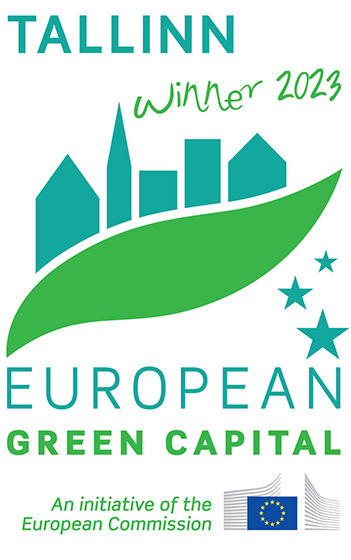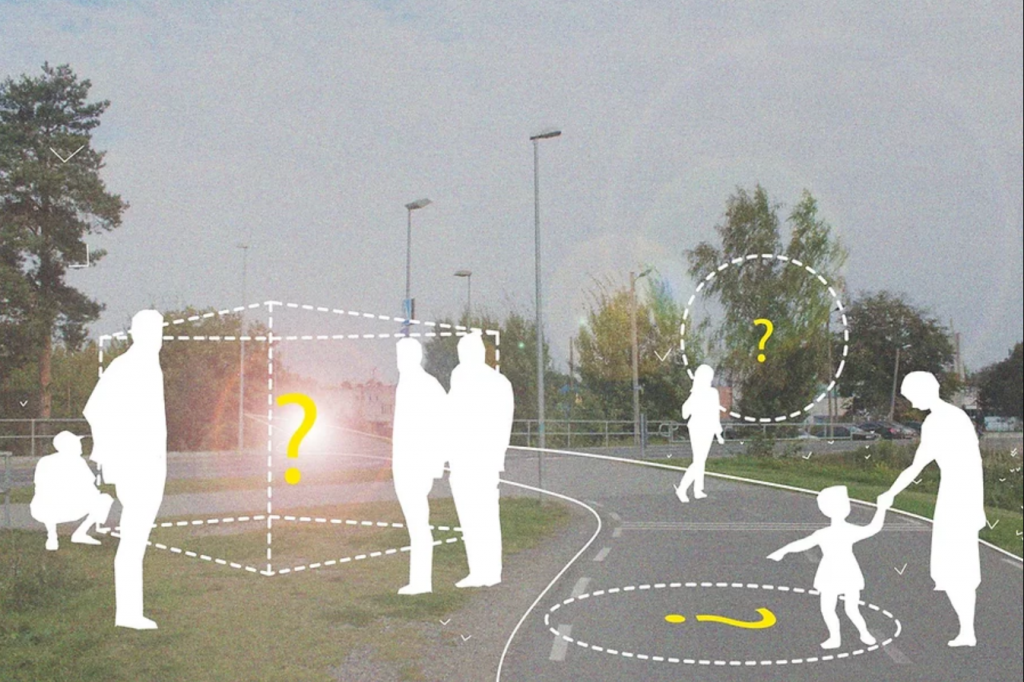Urban design ideas invited for Tallinn’s longest park
For ten more days, you can submit your ideas to Tallinn Strategic Management Office’s installation competition ‘Place Buzz’, which aims to enrich the Pollinator Highway with environmentally conscious urban art.
The installation competition calls for ideas for site-specific and innovative environmental and community-engaging art or architectural projects that would enrich the sections of the Pollinator Highway – the 13-kilometre-long meadow-like green area that runs through Tallinn along a former railway dam and today’s high-voltage power line corridor. The Pollinator Highway is designed to provide a comfortable environment for both people and animals, including insects.
“The Pollinator Highway initiative is part of Tallinn’s larger plan to make the urban environment greener and more human-scaled. That is why I encourage all artists to submit their ideas to the ‘Place Buzz’ competition, so that we can make the Pollinator Highway environment more vibrant and diverse,” said Vladimir Svet, Deputy Mayor of Tallinn. “The installations will help to enrich the sections of the Pollinator Highway that currently seem monotonous and lack identity and sense of place. We want to bring place buzz to the Pollinator Highway. Art helps to make sense of the hidden values of the urban environment and the installations help to further emphasise the Pollinator Highway in its surroundings.”
The competition is open to all those working in the fields of art, architecture and urbanism. Ideas must be based on the principles of environmental sustainability and reuse of materials. Entries must be feasible and within a budget of €20,000 per installation, including the prize fund. The installations will be installed in spring-summer 2022 and will remain in place until at least the end of 2023. The competition area covers five of the nine spatial sections of the Pollinator Highway, so it includes the Mustjõe, Veskimetsa, Väike-Õismäe, Astangu, Vana-Mustamäe and Hiiu spatial sections.
The project is led by the Tallinn Strategic Management Office’s Spatial Planning Team in cooperation with the Pollinator Highway working group. The competition is based on the Pollinator Highway concept, the development strategy “Tallinn 2035” and the objectives of Tallinn as European Green Capital 2023. The Pollinator Highway is part of the B.Green, a European Union project funded by the Interreg Central Baltic Program, which supports cross-border cooperation, sustainable urban mobility, and cohesive communities.
The jury of the competition includes Deputy Mayor Vladimir Svet, Anna Semjonova, Urban Planner and Kati Ots, Curator of Urban Art at the Tallinn Strategic Management Office’s Competence Centre for Spatial Planning, Aleksandra Kiskonen and Kristiina Ljokkoi, Curators of Public Art at the Helsinki Art Museum, Elin Kard, representative of the Estonian Artists’ Union, Mae Köömnemägi, representative of the Estonian Association of Architects, Kristiina Kupper, representative of the Tallinn Urban Environment and Public Works Department and the Estonian Association of Landscape Architects. One winning design will be selected through an online public vote on the Maptionnaire platform in spring 2022.
The deadline for submitting the ideas is 18 February 2022. The documents of the competition can be found in the Public Procurement Register under reference 243179. More information is available on the Pollinator Highway website at https://www.putukavail.ee/kohasumin?lang=en
The Pollinator Highway is the largest green infrastructure project planned in Tallinn, creating 13 kilometres of meadow-like green environment across six districts, providing space for both people and animals, including insects that support the city’s biodiversity. The Pollinator Highway runs from the Kopli warehouse to Stroomi beach and onwards to Nõmme. The Pollinator Highway runs along the former railway dam and today’s high-voltage power line corridor. When the high-voltage lines, which have been running overhead, will be placed underground, so the line corridors can be used as an urban park. The insect colony will help to preserve and enhance the city’s biodiversity, which is one of Tallinn’s goals as a Green Capital. Read more about Pollinator Highway: https://www.putukavail.ee/?lang=en
Last year, Tallinn was selected as the European Green Capital 2023. The city has set itself the goal of a green transition in all areas to create a green city with a better environment and urban space. The four pillars of making life in Tallinn more green are improving the energy efficiency and indoor climate of buildings, controlling car congestion and reducing greenhouse gas emissions, preserving and enhancing biodiversity, and the circular economy, which includes reducing waste, using resources more sustainably and efficiently, re-using and recycling.


